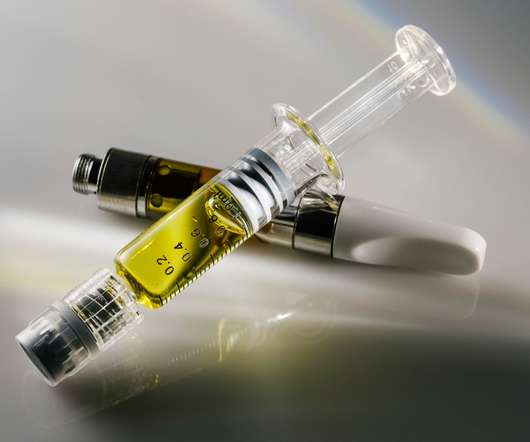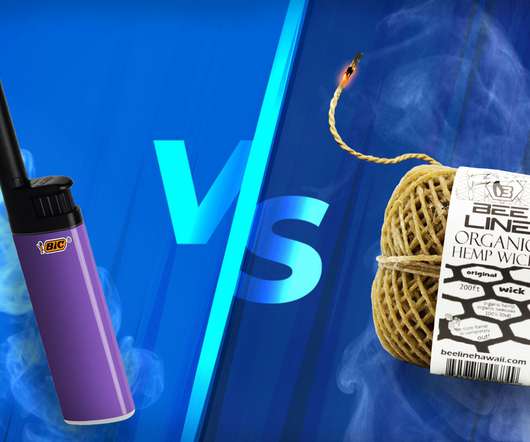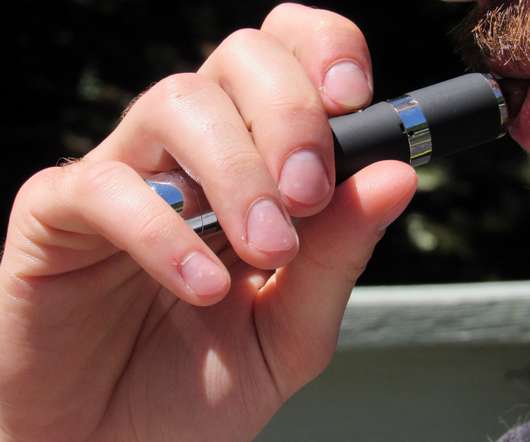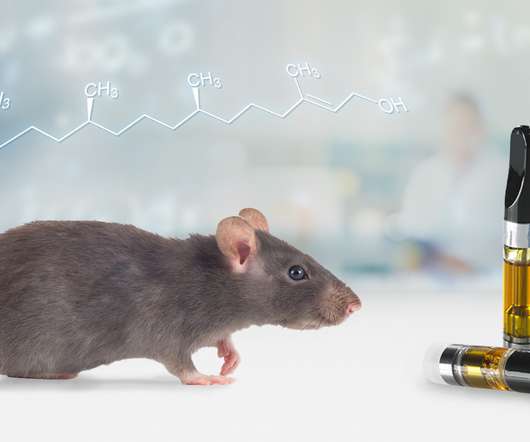What is weed’s new CRC tech, and can it hurt you?
SpeedWeed
JULY 6, 2021
The rise of new ways of making hash, as well as cleaning up dirty hash, mean that the old tricks don’t always work. Safety data is limited, and testing for CRC contamination is missing—even in legalization states. CRC changes a low-grade hash oil’s color from almost black, or dark brown, to light gold, or even white.












Let's personalize your content